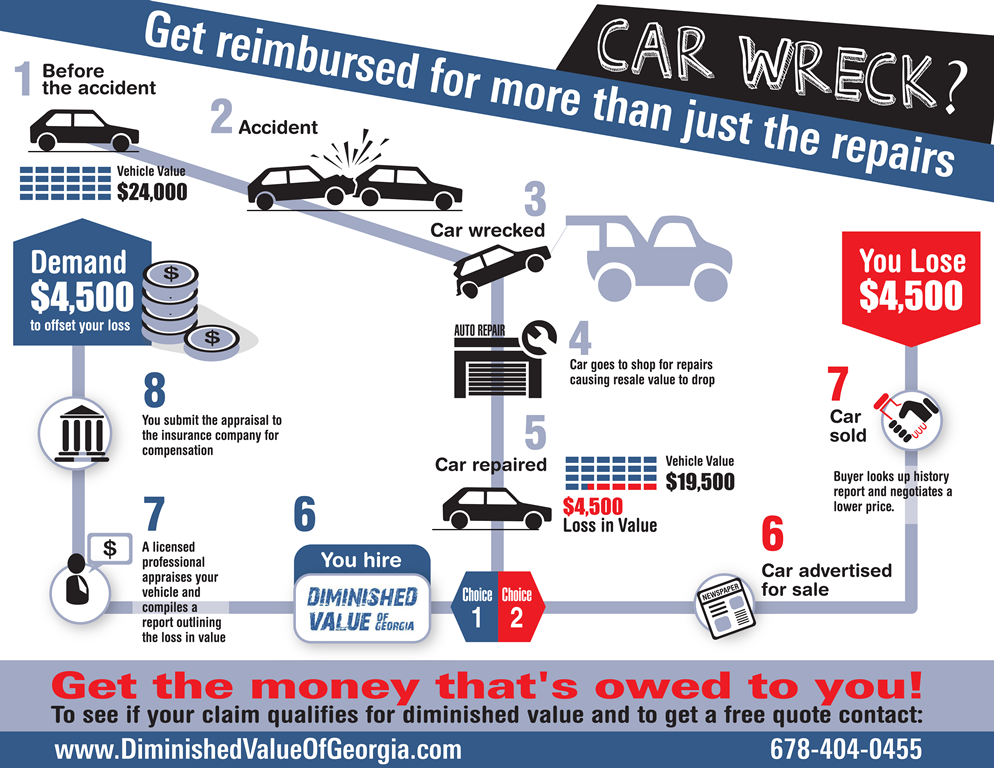Decoding Your Vehicle'S Warning Indicators: What They Truly Represent
Decoding Your Vehicle'S Warning Indicators: What They Truly Represent
Blog Article
Written By-Sykes Alvarado
When you're behind the wheel, those glowing caution lights on your control panel can be a little bit bewildering. Do you recognize what they're attempting to inform you concerning your vehicle's health? Understanding diamond detailing services of these lights is essential for your safety and security and the durability of your car. So, the following time one of those lights pops up, would not you intend to decipher its message precisely and take the required steps to resolve it?
Common Caution Lighting and Interpretations
Identify typical caution lights in your car and understand their meanings to ensure secure driving.
The most typical caution lights include the check engine light, which indicates problems with the engine or emissions system. If this light comes on, it's essential to have your vehicle examined without delay.
The oil stress alerting light shows low oil pressure, calling for prompt focus to avoid engine damages.
A flashing battery light could suggest a malfunctioning charging system, possibly leaving you stranded if not addressed.
The tire stress surveillance system (TPMS) light notifies you to reduced tire pressure, influencing lorry security and fuel performance. Ignoring visit the up coming article might bring about harmful driving conditions.
The abdominal light indicates a problem with the anti-lock stopping system, jeopardizing your capability to quit rapidly in emergencies.
Finally, the coolant temperature level cautioning light warns of engine overheating, which can result in extreme damages if not solved promptly.
Comprehending these typical caution lights will assist you deal with issues without delay and preserve risk-free driving conditions.
Relevance of Prompt Interest
Comprehending the usual warning lights in your car is only the very first step; the value of quickly addressing these warnings can not be highlighted sufficient to ensure your safety when driving.
When a warning light illuminates on your control panel, it's your auto's way of communicating a potential concern that requires attention. Disregarding these cautions can bring about extra extreme issues later on, compromising your safety and potentially costing you much more in repairs.
Trigger attention to cautioning lights can protect against failures and accidents. For example, a flashing check engine light might indicate a misfire that, if left unattended, could trigger damages to the catalytic converter. Addressing this without delay can conserve you from an expensive fixing.
Likewise, a brake system warning light could signal low brake fluid or worn brake pads, important components for your safety when driving.
DIY Troubleshooting Tips
If you discover a caution light on your control panel, there are a few do it yourself fixing tips you can attempt before looking for professional help.
The very first step is to consult your automobile's handbook to understand what the certain caution light suggests. Sometimes the issue can be as easy as a loose gas cap activating the check engine light. Tightening up the gas cap may resolve the issue.
One more usual issue is a low battery, which can trigger numerous warning lights. Examining the battery links for rust and guaranteeing they're safe could fix the issue.
If a caution light continues, you can attempt resetting it by separating the cars and truck's battery for a couple of mins and after that reconnecting it. In addition, examining your lorry's fluid degrees, such as oil, coolant, and brake fluid, can help fix warning lights related to these systems.
Conclusion
Finally, understanding your auto's warning lights is crucial for maintaining your car running smoothly and securely. By immediately dealing with these signals and understanding what they indicate, you can stay clear of costly fixings and prospective malfunctions.
Remember to consult your cars and truck's guidebook for specific details on each cautioning light and take action as necessary to guarantee a trouble-free driving experience.
Keep notified, remain safe when traveling!
